When I was reviewing the PM-1 planar headphone for OPPO I mentioned to Jason Liao (VP of product development at OPPO) how good the PM-1 sounded when paired with the Chord Hugo. The sound was so synergistic that while speaking with Jason I asked if it was possible to get a closed version of the PM-1 to use portably. Jason mentioned they were working on a closed version and may have a prototype ready to show at the Rocky Mountain Audiofest .
One of my first stops when I arrived at Rocky Mountain was to visit CanJam and head over to OPPO’s booth and see if the portable closed headphone was there. I not only found the PM-3 but also the HA-2 amplifier/DAC available for audition. Immediately seizing the opportunity like a kid in a toy store looking for his fix I dug right into a session. I was impressed with the sound coming from the combo; so much so it was reminiscent of what I had experienced with the Chord Hugo and PM-1. The sound of the paring was synergistic and musically engaging.
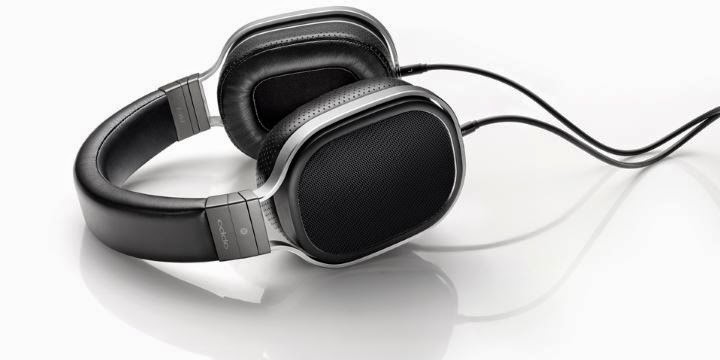
OPPO PM-3 Design
The PM-3 design is derived from its sibling brother the PM-1. The driver technology was derived from OPPO’s technology derived from the PM-1. The PM-3 uses a planar magnetic driver and the sound coming from a light push pull symmetric design is similar in sound signature to the PM-1. The headphone is built with the same high quality construction found in OPPO products. The PM-3 weighs 10 ounces and is light enough for portable use. The PM-3 is shipped with a 3-meter cable terminated with a ¼ jack and includes a 1.2-meter portable cable. OPPO gives the customer the choice to select the right cable for the device being used .You can order the cable with an inline microphone which will allows you take incoming calls if your using a smart phone The Denim carrying case is included. The PM-3 is designed to fold flat and fit nicely in the denim traveling case. The price is $399.
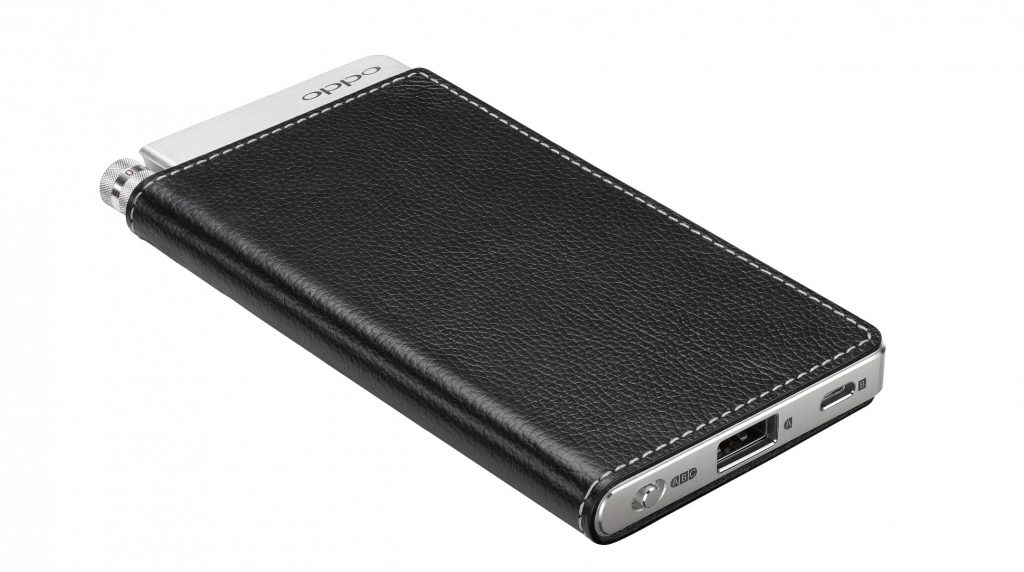
OPPO HA-2 Portable Headphone Amplifier/DAC
The HA-2 is an attractive slim beveled aluminum design. OPPO’s design choice was interesting in that the amplifier does not look like most of the portable products out there. The amplifier has a genuine leather casing with stitching. The finish is first rate and typical OPPO high quality construction. Aesthetically attractive and the look an feel of a modern device-the HA-2 is an eye appealing and hip looking piece of gear.
The amplifier is a hybrid class AB design with a USB DAC that support 384 kHz PCM and also does DSD 256. It offers s high performance digital conversion for Apple iPhone/iPods and iPads and a can also be used with many Android devices.
The HA-2 has a built in rechargeable battery and also can serve to charge mobile devices as well on the go. The internal battery can be recharged in 30 minutes fully using the rapid charge supplied with the unit.
The DAC used in the HA-2 is the high quality high end ESS Sabre 9018 –K2M chip and delivers high quality sound with low noise and distortion.
The HA-2 has two USB DAC inputs ports; one for Apple devices and the other for Android devices. The 3.5 mm input would work with other portable players that do not support USB. The amplifier has two gain adjustments. The High Gain deliver 300mw into 16 ohms for more power hungry headphones and Low Gain is designed for sensitive in ear monitors. The HA-2 uses an analog volume control with bass boost for the bass head. The entire HA-2 package is loaded with features and sells for $299.
The Journey
The PM-3 and the HA-2 were hooked up to the iMac with the supplied USB cable. Listening to Alabama Shakes’ new album “Shakes Sound and Color” had me totally involved in the music. The sound coming from the track “Don’t Want to Fight” had my body moving to the hard hitting beat and Brittany Howard ‘s vocal was clear and articulate. I was really into the recording and her soulful voice had me hooked.
Melody Gardot’s “Mira” from her “Absence” album has a Caribbean flavor. The vocal performance from this track has Melody involved in her performance.Closing my eyes I could vision her moving around and dancing while singing this wonderful track. The percussion was first rate and believable. The treble extension was awesome with this combination. The soundstage is within the headphone and never felt as if it was out of my head. The bass extension was good and impactful. The HA-2 bass boost control added some more heft to the bass and is a nice feature on the portable amplifier. It subtly increased the extension of an already excellent bass presentation.
Amber Rubarth’s binaural recording was excellent listening with the PM-3 and HA-2 and had more space within the stage than a normal lossless recording. It was evident while listening to this binaural recording that the soundstage width had more space and better layering than regular recordings. Amber’s vocal was crystal clear with excellent inner detail and free of any sibilance. The percussion was in the rear of the stage to her right and had nice detail and I could easily hear hands hitting the drum skins. The PM-3 and HA-2 were working synergistically and were able to dig out the inner detail of this excellent recording.
Switching to the Copland and not expecting much from the PM-3 and HA-2 on this wide dynamic and torturous recording, I was pleasantly surprised with the delivery of ” Fanfare for the Common Man”. The thunderous whack of the tympani is a real test for any device to reproduce. The PM-3 had sufficient speed to make the track believable and the HA-2 kept up with the performance and was able to play the recording without clipping or falling apart “ Appalachian Spring” from Copland is a beautiful piece of music. The PM-3 while having a smaller stage than many other more costly headphones was still able to produce all the frequency range of this recording without a hitch. The performance was still musical and the PM-3 and HA-1 delivered the performance with dynamic and enjoyable musicality.
Using the UE 18 IEM on the same recordings really showcased how a high end IEM could perform. The sound coming from the UE 18 had the orchestra spread out in a wide and layered stage with air and space. The sound using the low gain setting on the HA-2 was noise free and had no audible distortion. The musicality was on another level and the HA-2 was able to scale up while using a flagship IEM that cost almost 4X more than the PM-3. The HA-2 handled the higher end IEM with musicality and finesse. The sound was incredible, transparent and musical.
AK240 Balanced and the PM-3
Hooking up the PM-3 to the AK240 balanced was a revelation. Gone was the loose bass. The PM-3 loved the additional power that the AK240 had over the HA-2. The soundstage was much more defined with better air and space between the performers. The PM-3 loved the additional power (as most planar do) the AK240 was giving it. It was if I gave it a tankful of high-test gas. The performance level soared.
The additional power the AK240 provided took the PM-3 to a different level of musicality. The improvement was far from subtle. The PM-3 had more and better focus with increased bass slam. The bass was now tight and focused. The performers were more focused in the soundstage with more air and separation between the musicians.Using the same Copland track, the PM-3 was faster than it was while using the HA-2. The layering of the orchestra improved with more of the hall and space audible. The tympani whacks had more impact and made the performance more enjoyable and involving.
Listening to the DSD recording of Patricia Barber track “Company” from Modern Cool the PM-3 had similar extension that I hear while using the PM-1 and the Audeze LCD X headphones. Listening to Nardis from Barber’s “Café Blue” was more of the same eargasms. The treble extension on Nardis had the cymbals shimmering and was never splashy or restricted. They just sounded like live drum cymbals.
Performance like this is rare in many flagship headphones yet the $399 PM-3 delivered what many portable headphones in this price range fail to do (sound real). The fact that this type of bass and treble extension in a product this reasonably priced is a major achievement for OPPO. The PM-3 soared to another level and showed it could scale up to higher levels using more expensive gear.
Conclusion
The PM-3 and HA-2 products released by OPPO Digital are amazing products for the price. OPPO has been releasing outstanding products for a number of years. OPPO’s entry into personal audio with the introduction of the PM-1 and PM-2 full range headphones last year had the industry buzzing. They followed it up with their Swiss Army knife HA-1 amplifier that was built like a tank and did many different things and became a new benchmark in affordable high-end audio.
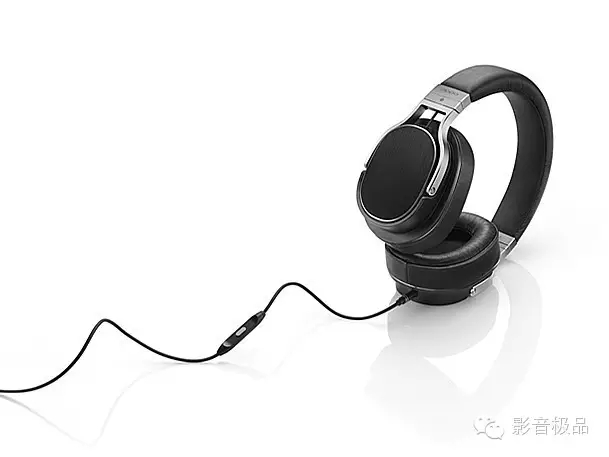
The PM-3 and HA-2 are making another splash (rightfully so). The PM-3 has the same build quality the PM-1 and PM-2 are known for in a smaller lighter package. The isolation is as good as many IEM monitors. The PM-3 folds neatly into the sleek looking Denim bag and is easy to carry and use. The PM-3 worked well with the AK240 balanced digital player and eliminated the need for a separate amplifier. The performance was extraordinary and really showcased the PM-3 strengths. The bass delivery was extended and midrange was to die for. The treble extension with the PM-3 was not compromised or left me feeling anything was missing.
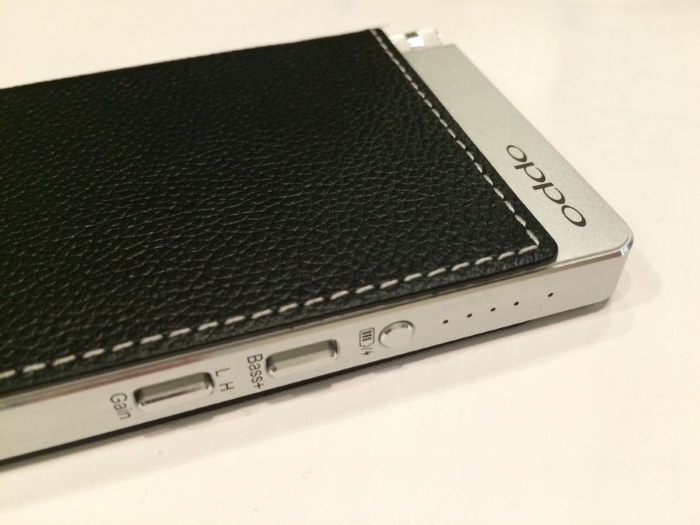
The HA-2 is another marvelous achievement from the sleek modern beveled aluminum to the striking volume control and lovely leather case. The $299 amplifier has a no compromise ESS 9018 sabre DAC. Users using a MacBook, iPad, iPhone or android device will benefit using the HA-2. The amplifier is fully transportable .The sound from the iPad and MacBook was drastically improved and more in tune with reference listening that music enthusiast want in portable devices.
The HA-2 had a few shortcomings when compared to the more expensive AK240 internal amplifier. The bass and treble extension on the more expensive AK240 went deeper and had more slam. The HA-2 could not compete with the AK240 treble extension and the transparency was better on the 10 times more expensive reference digital player as it should be.
OPPO is known for building battleship products at real world prices. The PM-3 and HA-2 offer extraordinary value and follow in the same tradition of value and high quality. OPPO is to be commended for offering reference level sound and build in value oriented products that perform as if they should cost twice as much.
Value and musicality is what we come to expect from OPPO and the PM-3 and HA-2 offer that and more. The PM-3 and HA-2 are musical products designed to provide years of enjoyment for all music lovers. The PM-3 and HA-2 deliver exceptional sound for a ridiculously low price. The PM-3 and HA-2 are serious products that are attractively priced and deserve your consideration. Highly Recommended
Specifications
Designs and specifications are subject to change without notice.
Headphone Specifications
Acoustic Principle Closed back
Ear Coupling Circumaural
Nominal Impedance 26 Ohm
Sensitivity 102 dB in 1 mW
Clamping Pressure 5 N
Cables 3 m detachable cable (3.5 mm with 6.35 mm adapter) 1.2 m detachable cable (3.5 mm)
Cable Connectors Output: 3.5 mm stereo jack Input: 6.35 mm stereo jack, 3.5 mm stereo jack
Weight 320 g (without cable)
Included Accessories Carrying Case User Manual
Driver Specifications
Driver Type Planar Magnetic
Driver Size (Round) 55 mm diameter
Magnet System Symmetric push-pull neodymium
Frequency Response
In Free-Field 10 – 50,000 Hz
Long-Term
Max Input Power 500 mW according to IEC 60268-7
Pulse Max Input Power 2 W
iPad®, iPhone®, iPod® and iPod touch® are trademarks of Apple Inc., registered in the U.S. and other countries. All trademarks are are the property of their respective owners.
Specifications
Designs and specifications are subject to change without notice.
General
Dimensions (W x H x D) 2.7 x 6.2 x 0.5 inches, 68 x 157 x 12 mm
Weight 6.2 oz, 175 grams
Frequency Response 20 Hz – 200 kHz
Audio-in Level 1 Vrms
Line-out Level 1 Vrms
Recommended Headphone Impedance 16 Ohm – 300 Ohm
Maximum Headphone Output Power 300 mW into 16 Ohm 220 mW into 32 Ohm 30 mW into 300 Ohm
Headphone Amplifier Output Impedance 0.5 Ohm
Output Jacks 3.5 mm stereo headphone 3.5 mm stereo line-out
Input Ports Analog: 3.5 mm stereo audio-in Digital: USB A for iPod / iPhone / iPad; USB micro-B for smartphones with USB OTG feature and computers.
DAC Chip ESS Sabre32 Reference ES9018-K2M
Input Format Stereo PCM, Stereo DSD (DoP v1.1 or native)
PCM Sampling Frequencies 44.1 kHz – 384 kHz, 16 / 24 / 32-bit
DSD Sampling Frequencies 2.8224 MHz (DSD64), 5.6448 MHz (DSD128), 11.2896 MHz (DSD256, native mode only)
Profile USB 2.0, USB Audio 2.0
Included Accessories Power Supply Unit (Rapid Charging Charger) USB A – USB micro-B data and rapid charging cable USB A – Lightning data cable (for Apple devices) USB micro-B to micro-B data cable (for Android and other smartphones) 3.5 mm – 3.5 mm stereo audio cable Silicone rubber band (2 pieces) User guide and warranty documents
Battery
Built-in Battery type 3000 mAh lithium polymer rechargeable battery
Battery Operation Time Approx. 13 hours for analog source via Audio-in; approx. 7 hours for digital sources via USB
Charging Time Approx. 1 hour 30 minutes
“Made for iPod”, “Made for iPhone”, and “Made for iPad” mean that an electronic accessory has been designed to connect specifically to iPod®, iPhone®, or iPad®, respectively, and has been certified by the developer to meet Apple performance standards. Apple is not responsible for the operation of this device or its compliance with safety and regulatory standards. Please note that the use of this accessory with iPod, iPhone, or iPad may affect wireless performance.
iPad, iPhone, iPod and iPod touch® are trademarks of Apple Inc., registered in the U.S. and other countries.
Compatible iPod/iPhone/iPad Models USB works with iPhone 6, iPhone 6 Plus, iPhone 5S, iPhone 5C, iPhone 5, iPhone 4S, iPad (4th generation), iPad mini, iPod touch (5th generation).
The HA-2’s USB input B works with Android devices that support USB OTG (USB On-The-Go) and USB Audio Class 2.0. Not all devices are compatible.
Android is a trademark of Google Inc.
All trademarks are the property of their respective owners.














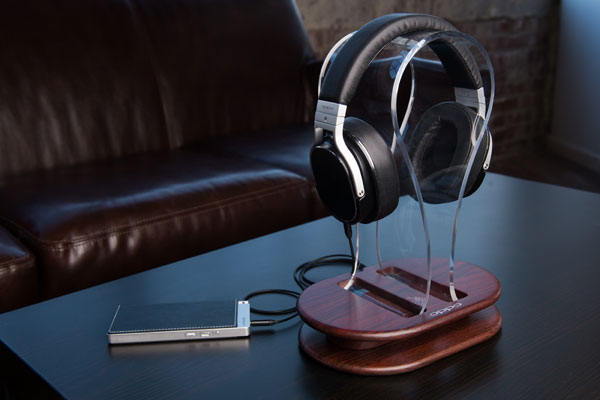
Reply
Reply
Reply
Reply
Reply
Reply
Reply
Reply
Want to join discussion?
Feel free to contribute!